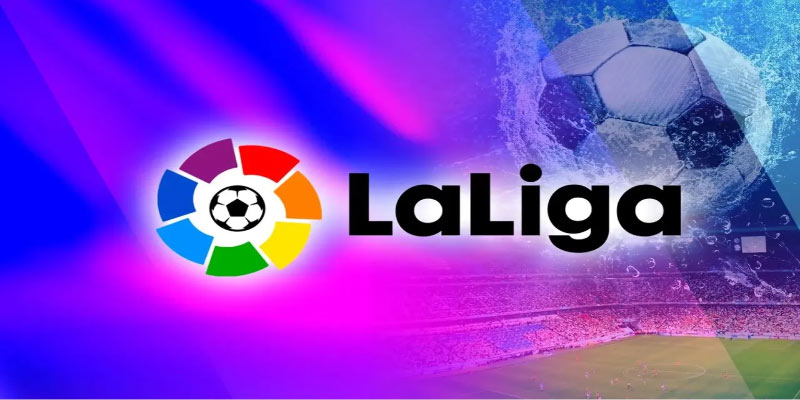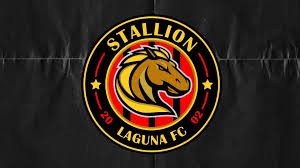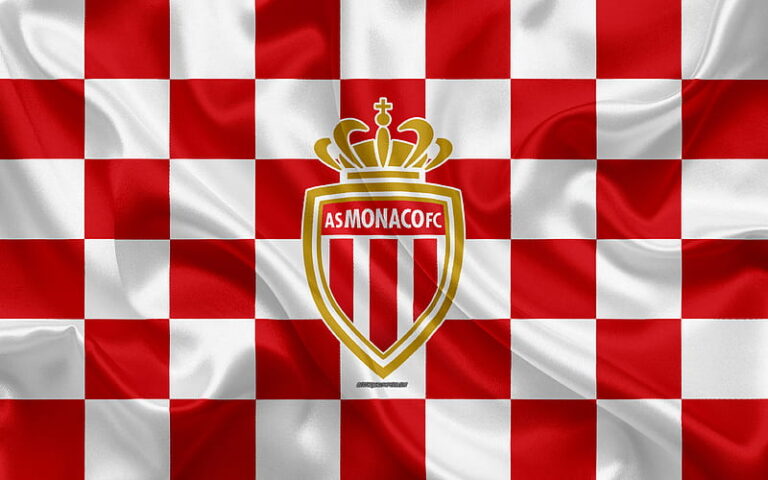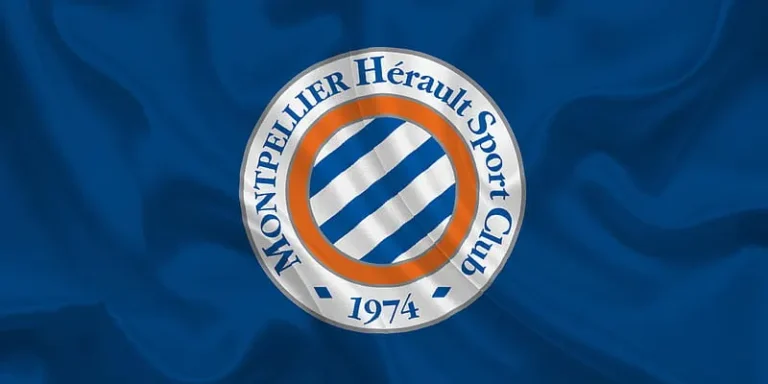
La Liga's Hidden Legacy: Power, Passion, and Rivalry
La Liga isn’t just Spain’s top football division—it’s a battlefield of legends, a proving ground for icons, and the heartbeat of global football culture. Beyond the glamorous goals and stadium roars lies a saga of bitter rivalries, political undertones, and underdog triumphs. From Real Madrid’s reign to the rise of unlikely contenders, La Liga has continuously redefined the beautiful game. Its influence stretches far beyond Spain’s borders, fueling international fandoms and shaping football philosophies worldwide. More than a league, La Liga is a living chronicle of passion, power, and perseverance that continues to evolve with every dramatic matchday.
La Liga’s Youth Development: Training and Academies
Youth development is a core focus of La Liga, with clubs investing significantly in nurturing future stars.
The Role of Youth Academies
Clubs such as FC Barcelona and Real Madrid are renowned for their youth academies, which prioritize both skill development and character building.
La Masia: The Future Factory
La Masia, Barcelona’s famed academy, has produced a remarkable array of global football stars, emphasizing tactical education coupled with footballing skills.
Madrid’s La Fabrica
Real Madrid’s La Fabrica academy is similarly lauded for honing young talent, showcasing a commitment to sustaining the club’s legacy through a continuous influx of skilled players.
Training Methods
The training methodologies employed by La Liga clubs often reflect a deep understanding of the game, focusing on both physical fitness and tactical intelligence.
Integrated Training Programs
Clubs employ holistic training approaches that encompass technical work, tactical awareness, and mental conditioning, leading to well-rounded footballers prepared for the pressures of top-flight football.
Emphasis on Team Play
Teams foster a strong sense of cohesion and collective understanding, which translates into improved performance on the pitch and is pivotal for teams aspiring to compete at the highest levels.
La Liga: Economic Insights and Financial Growth
La Liga‘s financial framework is crucial for the sustainability of clubs and the development of Spanish football as a whole.
Revenue Streams
Various revenue streams contribute to La Liga‘s financial ecosystem, proving vital for club operations and growth.
Broadcasting Rights
The lucrative broadcasting deals establish a primary funding source for clubs, allowing them to invest in facilities, player acquisitions, and youth programs.
Sponsorship and Merchandise
Sponsorship agreements bolstered by strong brand recognition provide additional financial support. Furthermore, clubs generate substantial income through merchandise sales domestically and internationally.
Financial Fair Play Regulations
La Liga adheres to UEFA’s Financial Fair Play regulations, which aim to promote financial stability without compromising competitive integrity.
Impacts on Spending
These regulations necessitate clubs to maintain balanced financial accounts, ensuring long-term sustainability while fostering responsible management practices.
Consequences for Non-compliance
Failure to comply with these regulations can lead to sanctions and reduced participation in European competitions, thus ensuring adherence to financial responsibilities.
Economic Challenges
Despite its successes, La Liga faces challenges including economic implications stemming from debts and revenue disparities between clubs.
Debt and Financial Sustainability
The ongoing financial struggles some clubs face highlights the need for reforms addressing wage bills and improving fiscal management practices.
Revenue Disparities
The historical dominance of few clubs such as Barcelona and Madrid leads to marked disparities, necessitating strategies to bolster the financial positions of smaller clubs in La Liga.
The Future of La Liga: Trends and Predictions
Looking forward, the trajectory of La Liga appears promising, yet challenges remain that will shape its evolution.
Emerging Trends
Several emerging trends indicate the potential paths for La Liga in the coming years.
Digital Engagement
The rise of digital platforms opens new avenues for engagement beyond traditional mediums, allowing clubs to connect with fans globally.
Focus on Sustainability
Sustainability in financial and operational practices will play a crucial role for clubs as they navigate the economic landscape and strive for success.
Predictions for Club Performance
The evolution of club performance in La Liga is contingent upon various factors, including financial stability, player development, and managerial strategies.
Competitive Balance
While Barcelona and Madrid will continue their dominance, clubs like Atlético Madrid and emerging sides may increasingly claim titles and shift the competitive balance.
International Influence
As La Liga evolves, its influence on global football may continue to broaden, drawing in talent and shaping tactics well beyond Spanish borders.
Conclusion
La Liga stands as a titan in the world of football, characterized by rich history, iconic clubs, and transformative players. Its tactical evolution, coupled with an emphasis on youth development and financial stability, showcases the league’s prominence on both a national and international scale. As the future unfolds, La Liga remains poised to adapt and thrive amid the challenges and opportunities presented by the ever-changing landscape of modern football.



